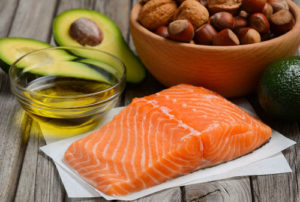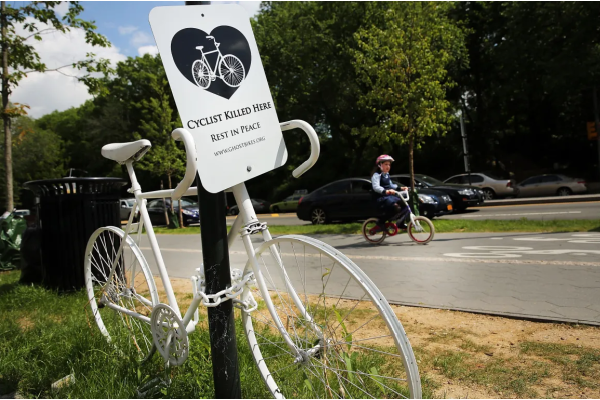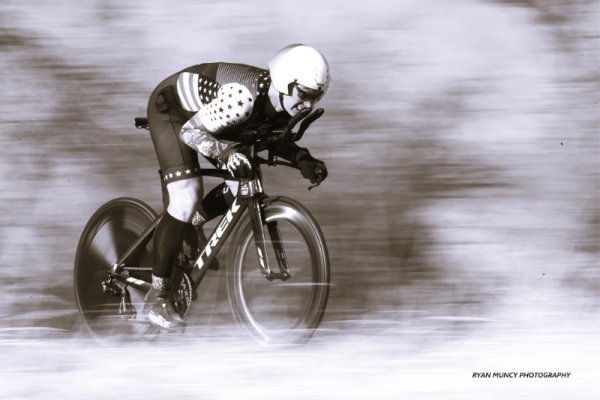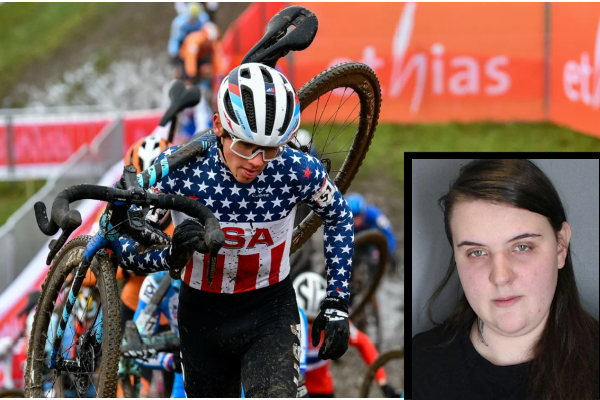
The First Colorado Cycling Summit
Cycling Season is here, and so is a long list of epic rides throughout the state and surrounding states. Are you ready? Join Avid Cyclist, and other co-hosts for the
Runner’s knee. Swimmer’s shoulder. Cycling injuries. It sucks when the very thing you do to stay fit causes an injury that sidelines you for a while and threatens your fitness. Unfortunately, statistics tell us the occasional breakdown is all but inevitable for those who engage in regular, vigorous exercise.
If you’re like many athletes and exercisers, one of the first thoughts you have after suffering an injury might be: Oh no, I’m going to gain weight! Injuries often result in reduced activity levels, after all, and reduced activity levels often result in weight gain. This was shown in a 2016 study published in the Journal of Sport Sciences. Spanish researchers found that competitive cyclists gained and average of 3.75 lbs when they stopped training for 5 weeks.
Injuries are not an automatic ticket to weight gain, however. A simple dietary shift — and not one you might expect — can keep you lean while you heal, and set you up to hit the ground running (so to speak) when you’re able to run (or swim or play tennis or work out in your living room) again.

The obvious way to prevent injury-related weight gain is to eat less of what you already eat, but for most people this is easier said than done because appetite doesn’t necessarily decrease right away when you lower activity levels. Few of us can muster the willpower to eat less than enough to satisfy our hunger day after day.
A more realistic way to prevent weight gain is to adjust what you eat. Specifically, try eating more protein. High-protein diets have been shown to satisfy people’s appetites with fewer calories, and to increase resting metabolism. A 2005 study by researchers at the University of Washington Medical School found that overweight women voluntarily consumed 441 fewer calories per day on average when their protein intakes were elevated to 30% of total calories, despite making no conscious effort to eat less. That’s the calorie equivalent of four miles of running for a 150-pound individual.
Healthy sources of extra protein include fish, poultry, eggs, dairy, and tempeh, among others.
Breakfast
Snack
Lunch
Snack
Dinner
If a simple diet change can keep you from gaining weight when you’re injured, can other nutritional tweaks help you heal faster? Injury healing is something the body does automatically on its own schedule. While it is true that diet provides the raw materials (protein, vitamins A and C, and zinc being among them) that the body uses for healing, you’ll get what you need if you stick to a balanced diet with sufficient calories (to maintain your weight). The same balanced, natural diet that is optimal for all-around health when you’re uninjured is also best when you’re rehabbing.
If your diet is already balanced and based on natural foods and you want to go for something next-level, try increasing your consumption of foods known for their anti-inflammatory effects. Inflammation is a normal part of the healing process, but it has a way of getting out of hand, and that is why conventional injury treatments — icing, elevation, medication — are aimed at tamping it down. Eating anti-inflammatory foods will complement these measures and may move the healing process along just a bit faster. Here are some of the top anti-inflammatory foods that you should keep on hand and in your diet.
On top of your diet, remember, listen to your body, it has a way of letting you know what it needs most when recovering.

Cycling Season is here, and so is a long list of epic rides throughout the state and surrounding states. Are you ready? Join Avid Cyclist, and other co-hosts for the

By: Brad Tucker I have been practicing law for over thirty-five years, the majority of which has included representing bicyclists who have been hit by drivers who disregarded the safety

April 8, 2025 Propelled by the powerful stories of victim families, SB25-281 includes new mandatory chemical testing clause BOULDER, CO /ENDURANCE SPORTSWIRE/ – The White Line, founded in memory of 17-year-old

Boulder, Colorado- After a week long trial, late Friday evening, a Boulder County jury found Yeva Smilianska guilty of Vehicular Homicide-Reckless Driving in the death of Magnus White. The jury,

The 2025 Karen Hornbostel Memorial Time Trial Series p/b Cobras Cycling Team has entered its second week! Ryan Muncy of Ryan Muncy Photography was there to capture images of a chilly afternoon. Make

By: Gary Robinson, Avid Cyclist Jury selection began Monday morning for the suspect driver accused of striking and killing Colorado teen cyclist Magnus White near his home in Boulder. Yeva